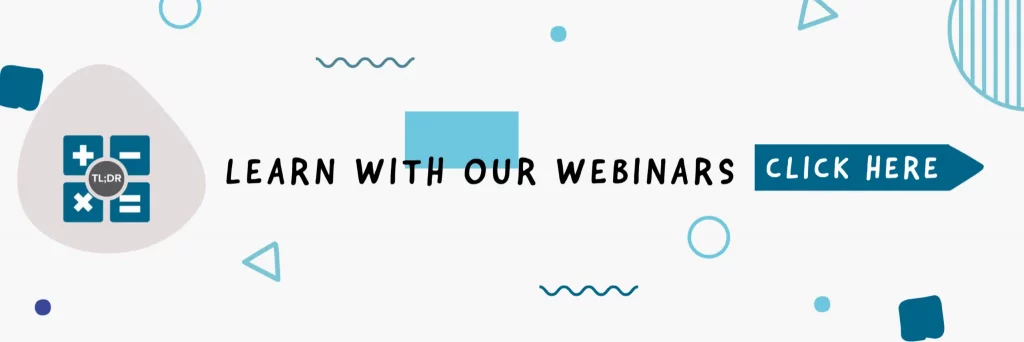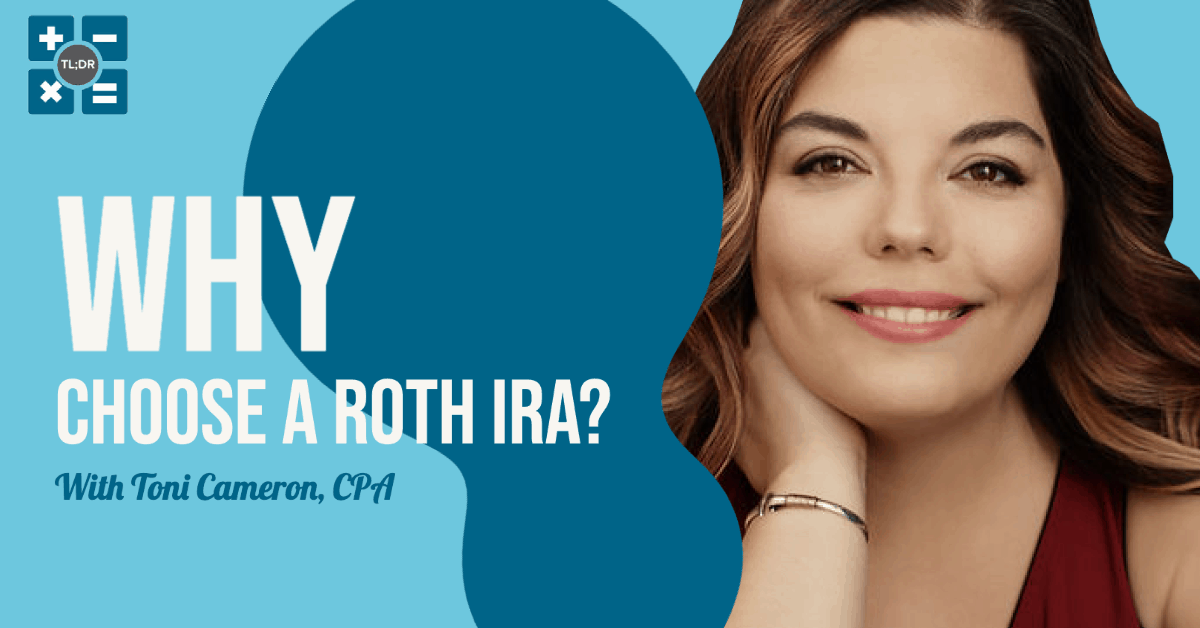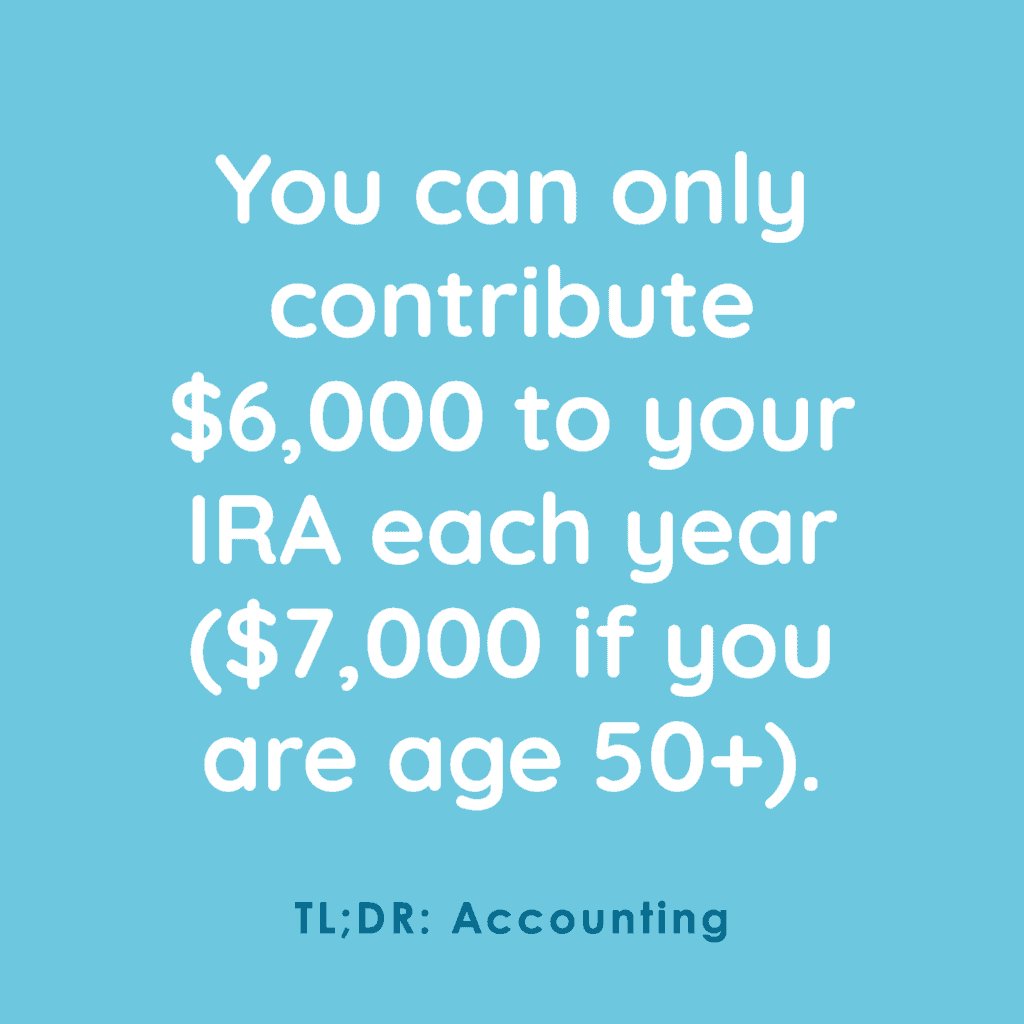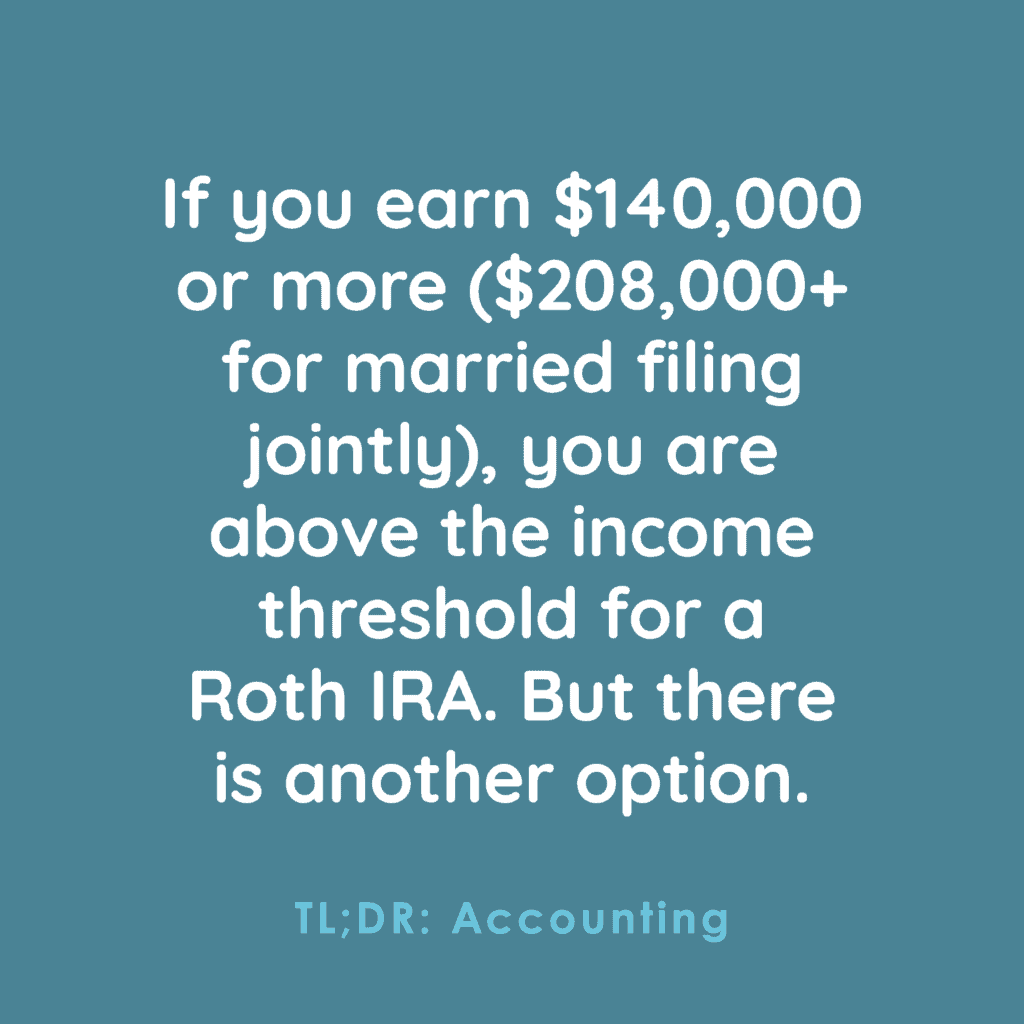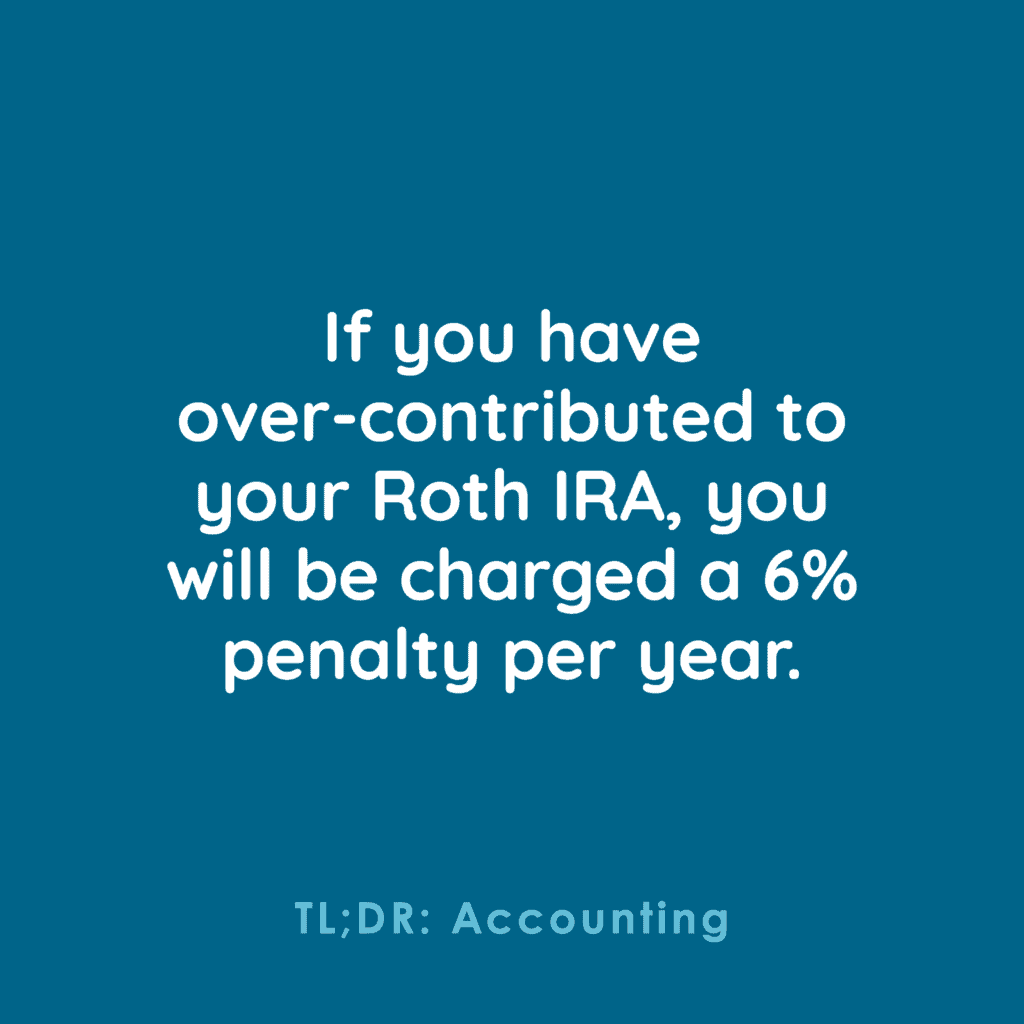If you’ve been in touch with any sort of financial advisor, personal accountant, or tax preparer over the last several years, you just might be tired of being asked:
“Have you made the maximum contribution to your IRA this year?”
We ask it a lot, but there’s a very good reason for this: retirement accounts can save you loads of money on taxes — as long as you follow the rules. Pulling money out of an IRA (Individual Retirement Account) early can incur a painful 10% penalty, so make sure you only contribute what you can afford.
This article is specifically about the Roth IRA: why choose it, what the income threshold is, and what to do if you over-contribute.
Basic Roth IRA Details
Why go Roth? Well, he’s an incredibly talented character actor of course! Just kidding, we’re not talking about film legend Tim Roth; we’re talking about the Roth IRA.
Jokes aside, the Roth IRA involves contributing money that has already been taxed into a pool of money. As the economy grows, so does the pool of money. When you become old enough, you can take distributions or, in other words, to take money out of the account. For a Roth IRA, the minimum age at which you can take a distribution is 59 ½ years old. (Don’t ask us why they didn’t just go with an even 60 years old; this decision was probably made by committee.)
Still with us? That’s right, money goes straight from your checking account into retirement. The next important piece of information: You can only contribute $6,000 to your IRA each year ($7,000 if you are age 50+). Why are Roth IRAs so cool? Because the money you pull out of your Roth IRA is not taxed as long as you follow the rules. This means that any gains to your Roth nest egg are 100% yours once you retire.
Another important rule is that your Roth IRA contributions must stay in your account for a minimum of 5 years or else you face a 10% penalty (with some exceptions). This rule is not relevant for taxpayers who are younger than age 54.
Overall, a Roth IRA is a good choice if you expect your tax rate to generally be lower when you are of retirement age. If this is not the case, you can choose a Traditional IRA, which has its own set of rules. Sure, you can have both, but they share the maximum annual contribution amount noted above, so it is sort of an either/or.
The Income Threshold, and How to Get Around It
One detail that is important to high-income earners is the income threshold. If you earn $140,000 or more ($208,000+ for married filing jointly), you are above the income threshold for a Roth IRA.
Normally, being above the income threshold means that you would not be able to contribute to a Roth IRA. But this is not the case, strictly speaking. Sure, you cannot directly contribute to a Roth in this case, but there is another way, called the Backdoor Roth.
Help, I Contributed Too Much to My Roth IRA!
Let’s say you contributed $6,000 to your Roth IRA, but then your business income jumped unexpectedly late in the year and you’re on track to earn more than the income limit. This might seem unfair, as if you’re being punished for earning money. Before we get to solutions, let’s talk about penalties:
- If you have over-contributed to your Roth IRA, you will be charged a 6% penalty per year on:
- Your excess contributions
- Any money your Roth IRA has earned on excess contributions. This is called the Net Income Attributable (NIA)
What is a responsible taxpayer to do? Well, here are some options that we’re ranking from best to worst (in our opinion).
Note that you should put your chosen solution in place before the end of the tax year:
- Withdraw the extra contribution and contribute the funds to a Backdoor IRA. This is probably the best option because it, in effect, accomplishes the initial goal you set out to do.
- Recharacterize the contribution to a Traditional IRA contribution. In this case, you are still putting money towards retirement, but we imagine you wanted a Roth IRA for a good reason.
- Withdraw the funds to checking. At least you owe no penalties this way.
- Apply your contribution to a future year. This option keeps your money in a Roth IRA as intended, but it can incur a 6% penalty. Even if you are able to avoid the penalty, there’s a good chance that you’ll run into the income limit the following year anyway, so you might as well set up a Backdoor Roth IRA.
TL;DR: A Roth IRA is a great choice for taxpayers who expect that their post-retirement tax rate will be lower than their current tax rate. You can contribute $6,000 ($7,000 if age 50+) to an IRA every year. Roth contributions can be distributed without penalty if you are at least age 59 ½ and if the contribution in question has been in your account for at least 5 years. Importantly, Roth IRAs have an income limit of $140,000 ($208,000 for MFJ). If you exceed this limit, your only option to make a Roth contribution is to use a Backdoor Roth. If your income jumps unexpectedly, you may owe penalties on Roth contributions and earnings, but setting up a Backdoor Roth before the end of the tax year is an effective way to avoid these penalties.
